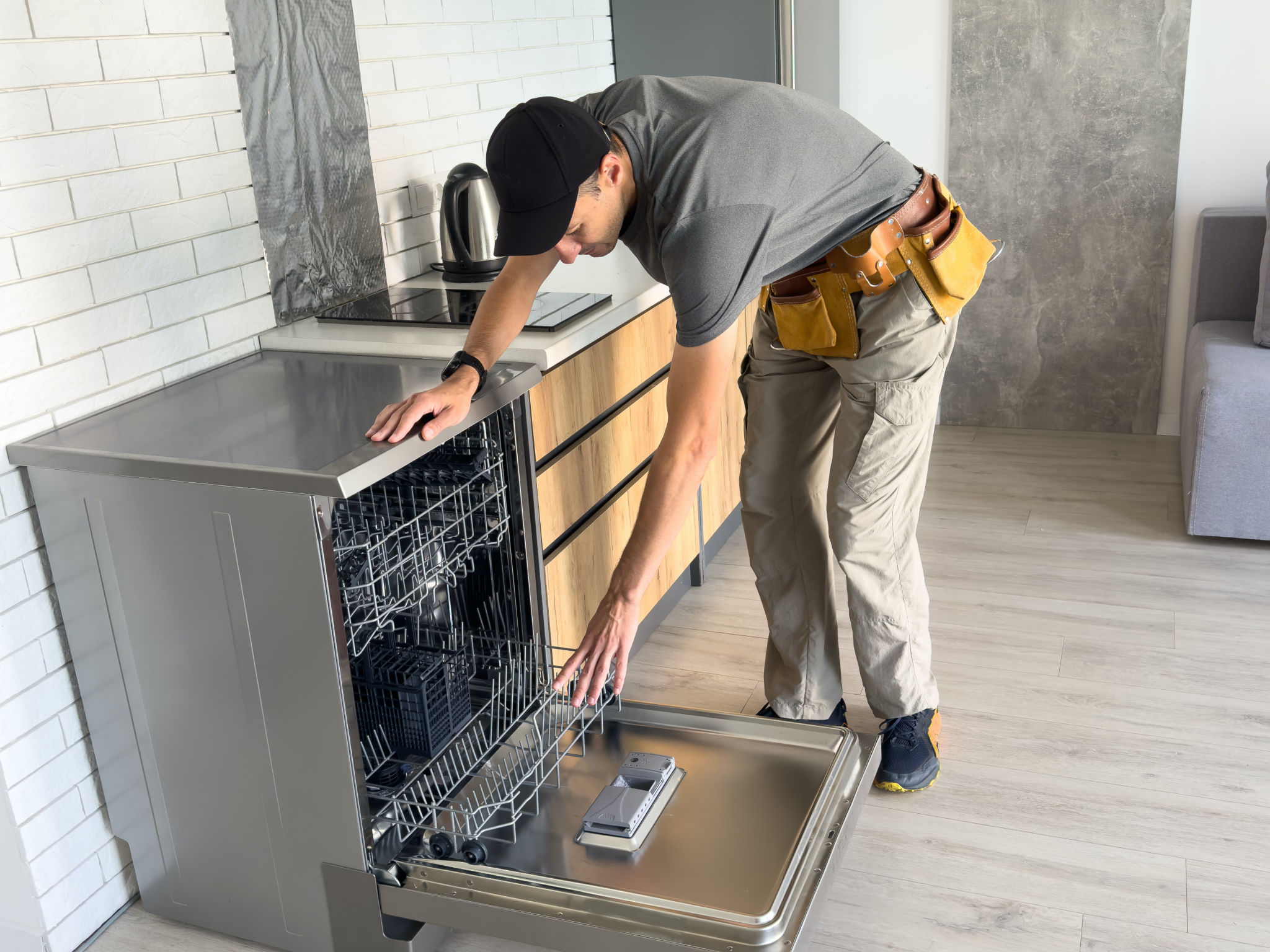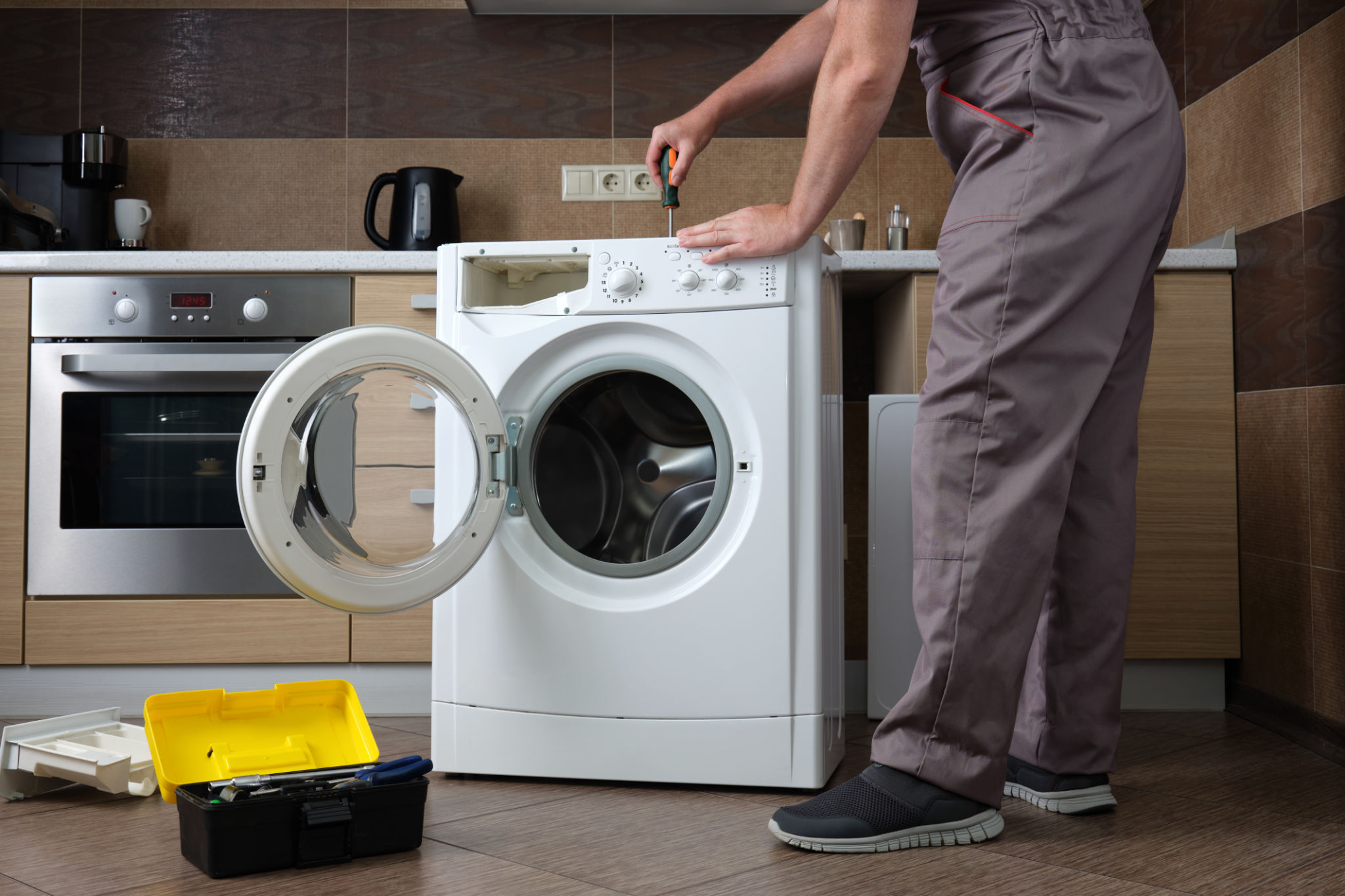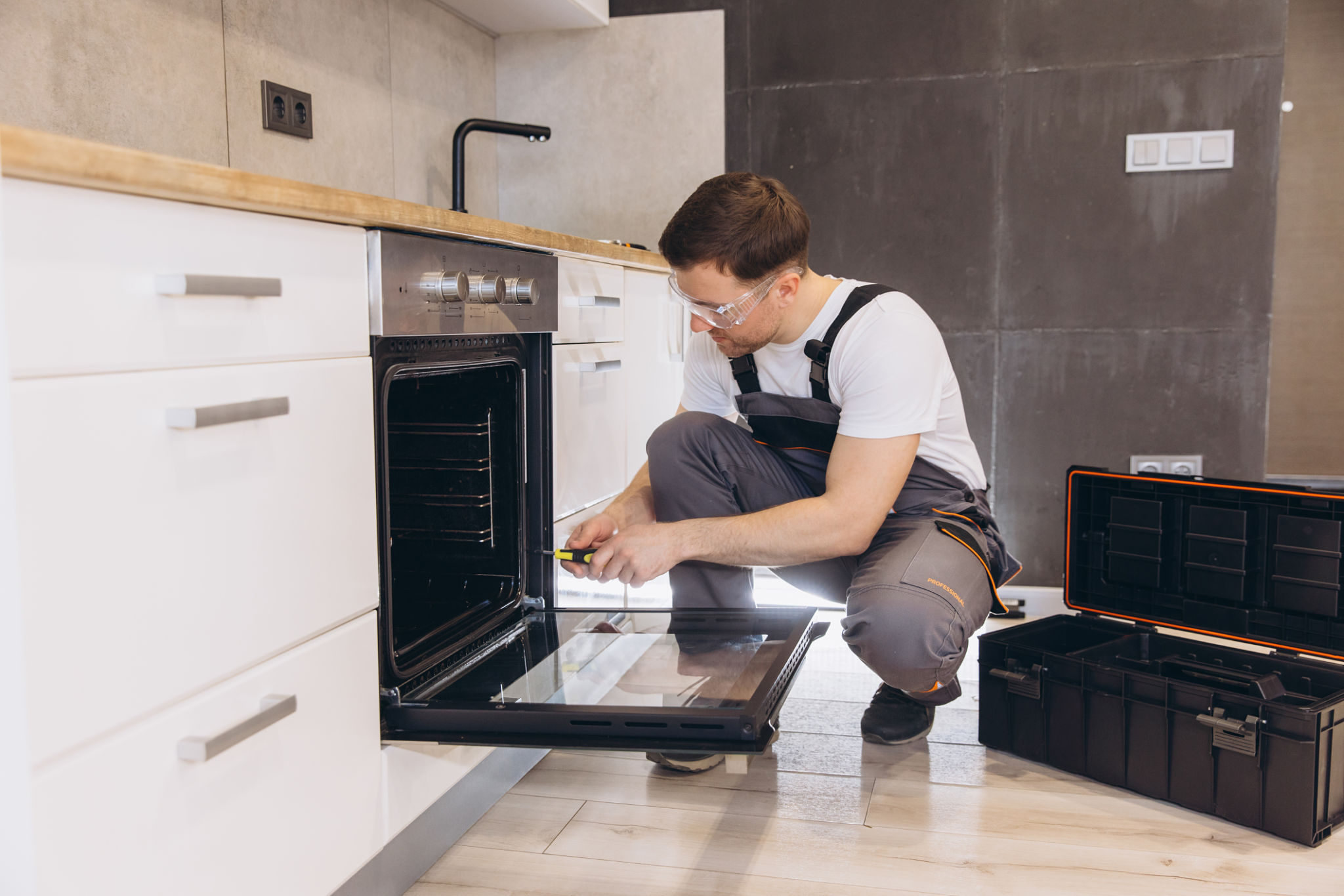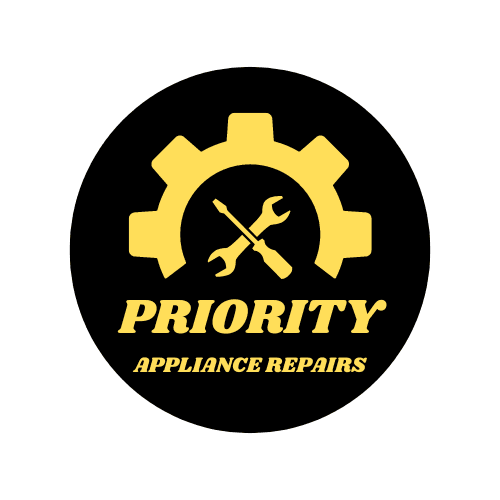DIY Troubleshooting for Common Appliance Issues at Home
Tackling Appliance Troubles at Home
Appliances are essential in our daily lives, but they can sometimes develop issues that disrupt our routines. Before calling in a professional, there are several DIY troubleshooting steps you can take to fix common appliance problems. This guide will help you navigate through some typical issues and offer practical solutions.

Refrigerator Not Cooling
If your refrigerator isn't cooling properly, the first step is to check the thermostat settings. Ensure it's set to the recommended temperature, typically between 37°F and 40°F. If the settings are correct, inspect the condenser coils for dust or debris, which can hinder cooling efficiency. Cleaning these coils with a vacuum or brush can often resolve the issue.
Another common problem is a faulty door seal. Inspect the seals for any signs of wear or damage. A simple test is to close the door on a piece of paper; if you can pull it out easily, the seal may need replacement. Proper sealing ensures that cold air remains inside, maintaining optimal temperature.
Washing Machine Leaks
Leaking washing machines can cause significant inconvenience. Start by checking the hoses for any signs of cracks or loose connections. Tightening the connections and replacing damaged hoses can often stop leaks. Additionally, ensure that the machine is level; an uneven surface can lead to excessive vibrations and leaks.

If the leak persists, examine the door seal for any tears or obstructions. Detergent residue can also contribute to leaks, so regularly clean the detergent drawer and remove any build-up.
Oven Not Heating
An oven that doesn't heat up can disrupt meal preparation. Begin by verifying that the appliance is receiving power. Check the circuit breaker or fuse box for any tripped switches or blown fuses. If power isn't the issue, inspect the heating element for visible signs of damage, such as blisters or breaks.
The temperature sensor could also be at fault. Using an ohmmeter, test the sensor's resistance to ensure it's within the manufacturer's specifications. If not, replacing the temperature sensor might be necessary for restoring proper oven function.

Dishwasher Not Draining
A dishwasher that fails to drain properly can lead to standing water and unpleasant odors. The first step is to check the filter and remove any debris that may be clogging it. Regular cleaning of the filter prevents further drainage issues.
Inspect the drain hose for kinks or blocks that could impede water flow. Ensuring that the hose is straight and clear can often solve drainage problems. Additionally, examine the air gap—if present—and clean out any obstructions.
Conclusion: When to Call a Professional
While these DIY troubleshooting steps can solve many common appliance issues, some problems require professional expertise. If your appliance still malfunctions after trying these tips, or if you're unsure about performing any steps safely, it's best to consult a qualified technician.
Regular maintenance and timely troubleshooting can prolong your appliances' lifespan and ensure they operate efficiently. By addressing minor issues promptly, you can prevent more significant and costly repairs in the future.
